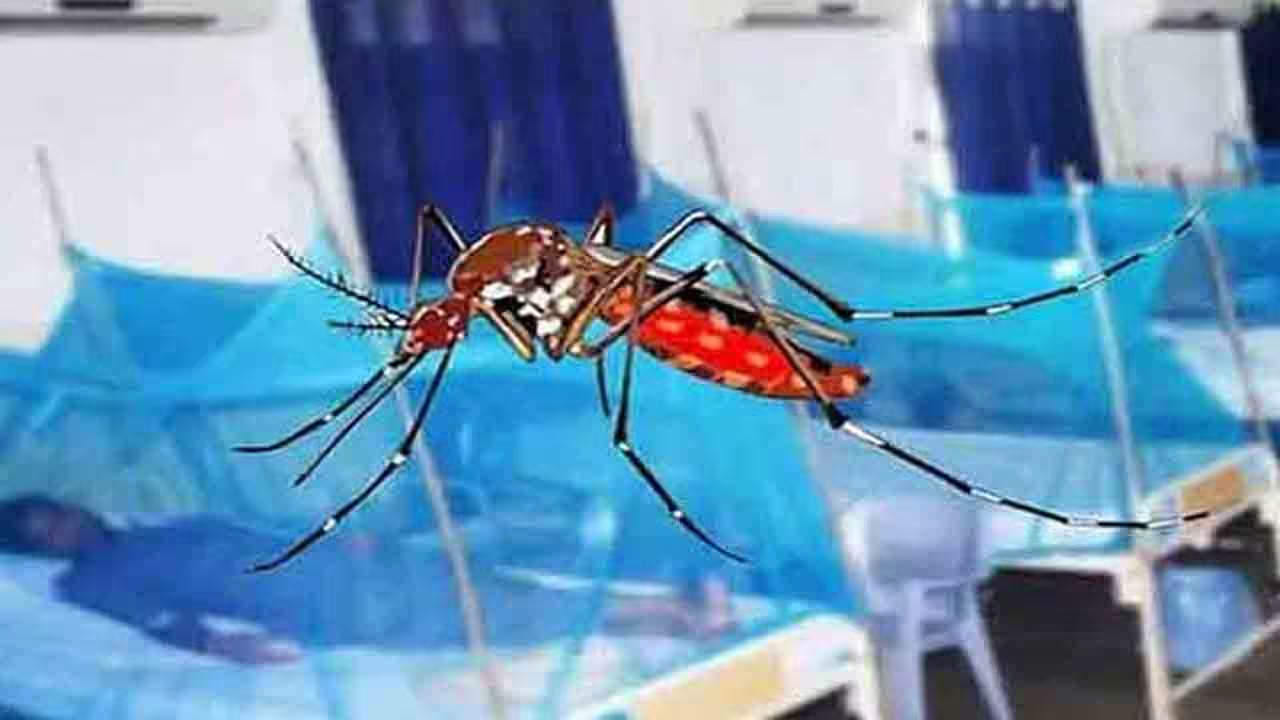The dengue outbreak continues to spread across various districts of Punjab, with a significant number of cases reported daily. According to the health department spokesperson, 141 new dengue cases have been confirmed in Rawalpindi over the past 24 hours, while smaller outbreaks have also been recorded in other parts of the province. This includes five cases from Lahore, three from Attock, and two from Bahawalpur, indicating that dengue remains a growing concern in both urban and rural areas.
Current Situation of Dengue in Punjab
The health department’s latest figures reveal that Punjab has seen 879 new dengue cases in just one week. This brings the total number of cases reported this year to a staggering 4,394. The most affected area appears to be Rawalpindi, where the number of cases is rising at an alarming rate. Lahore, which is usually a hotspot for dengue during monsoon seasons, has reported relatively fewer cases, though the health authorities remain on high alert.
Dengue cases have also been reported in districts such as Mandi Bahauddin, Muzaffargarh, and Chakwal, each with one confirmed case over the last 24 hours. While these districts have reported fewer cases compared to larger cities, the spread of the disease is a worrying sign that dengue fever could potentially affect even more regions across the province.
Government Efforts to Combat Dengue
The Punjab government has been actively working to control the spread of dengue through various measures. Health authorities are focusing on preventive actions, such as fumigation drives, raising public awareness, and conducting door-to-door surveillance. The government has also emphasized the importance of eliminating standing water in public spaces, homes, and construction sites, which serve as breeding grounds for dengue-carrying mosquitoes.
However, despite these efforts, the increasing number of dengue cases suggests that there are still gaps in the control and prevention measures. Experts believe that high rainfall, warm temperatures, and ineffective waste management have contributed to the rapid spread of the dengue virus this year.
Impact on Public Health
The rise in dengue cases is putting immense pressure on healthcare systems, especially in major cities like Rawalpindi and Lahore. Hospitals are struggling to accommodate the influx of dengue patients, with many facilities nearing full capacity. Medical staff are working tirelessly to treat those affected, but the growing number of cases is making it difficult to provide timely and adequate care.
Dengue fever, which is caused by the Aedes mosquito, typically manifests in symptoms like high fever, severe headaches, joint and muscle pain, and rash. In severe cases, it can lead to dengue hemorrhagic fever, which is life-threatening if not treated promptly. The increase in cases has raised concerns that the healthcare system may become overwhelmed, particularly if the current trend continues.
Public Awareness and Preventive Measures
One of the key strategies in combating dengue is raising public awareness about preventive measures. The health department has been urging citizens to take personal precautions, such as wearing long-sleeved clothing, using mosquito repellents, and ensuring that water containers are covered to prevent mosquitoes from breeding. Additionally, people are encouraged to regularly inspect their homes and surroundings to eliminate stagnant water, which is the primary breeding ground for the Aedes mosquitoes.
The government has also launched awareness campaigns through media outlets, distributing pamphlets, and placing billboards in high-risk areas. These initiatives aim to educate the public on the dangers of dengue fever and how they can protect themselves from the disease.
Challenges and the Way Forward
Despite ongoing efforts, the dengue situation in Punjab continues to escalate, particularly in densely populated cities like Rawalpindi and Lahore. One of the main challenges is the large number of unreported cases, as many individuals with mild symptoms choose not to seek medical treatment. This not only delays the identification of potential hotspots but also contributes to the wider spread of the virus.
The health department is working closely with local authorities to improve coordination and implement stricter measures for vector control. Increased fumigation, particularly in areas where the virus is most prevalent, and better enforcement of waste disposal practices could help reduce the mosquito population and the associated risks.
Another challenge is ensuring that healthcare facilities are equipped to handle the growing number of cases. More resources, including medical staff and diagnostic equipment, are needed to ensure that hospitals can manage the influx of patients during peak dengue season.
With the number of dengue cases steadily rising in Punjab, especially in Rawalpindi, it is crucial for both the government and the public to take immediate action. While the health department is actively working to control the spread of the disease, individuals must also play their part by following preventive measures and remaining vigilant about potential mosquito breeding sites.
The coming weeks will be critical in determining whether the current measures are effective enough to curb the outbreak. If the situation continues to worsen, it could lead to more severe public health challenges. Therefore, it is essential for the government, healthcare providers, and citizens to work together to prevent further escalation and protect the health of the population.



